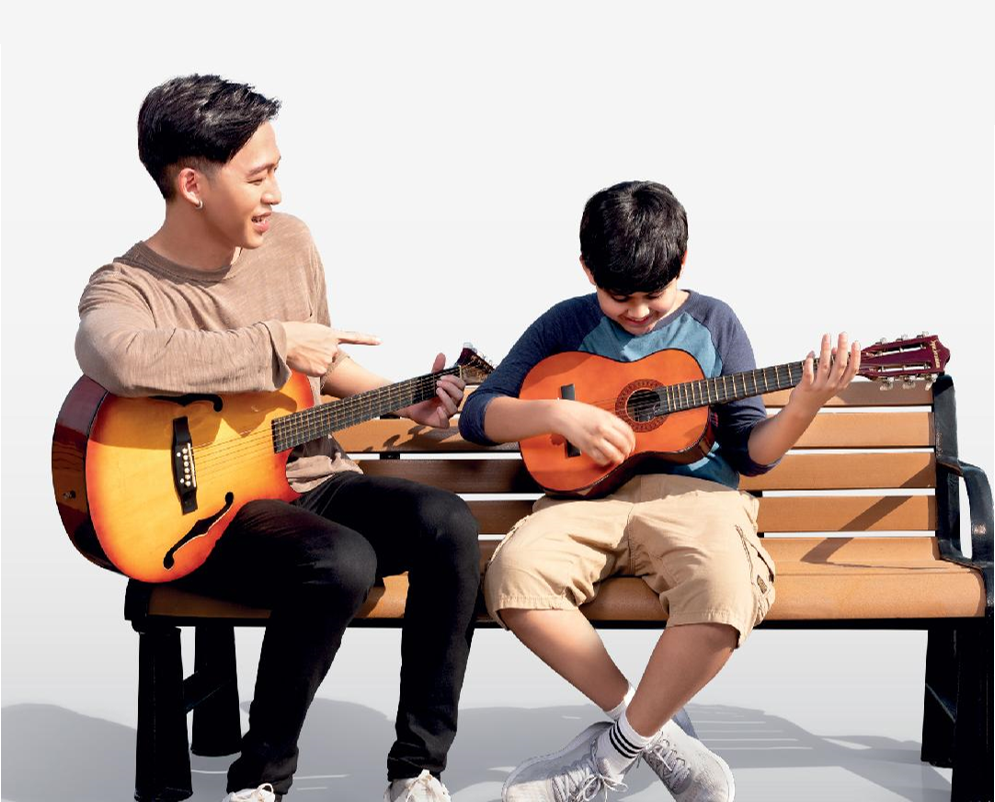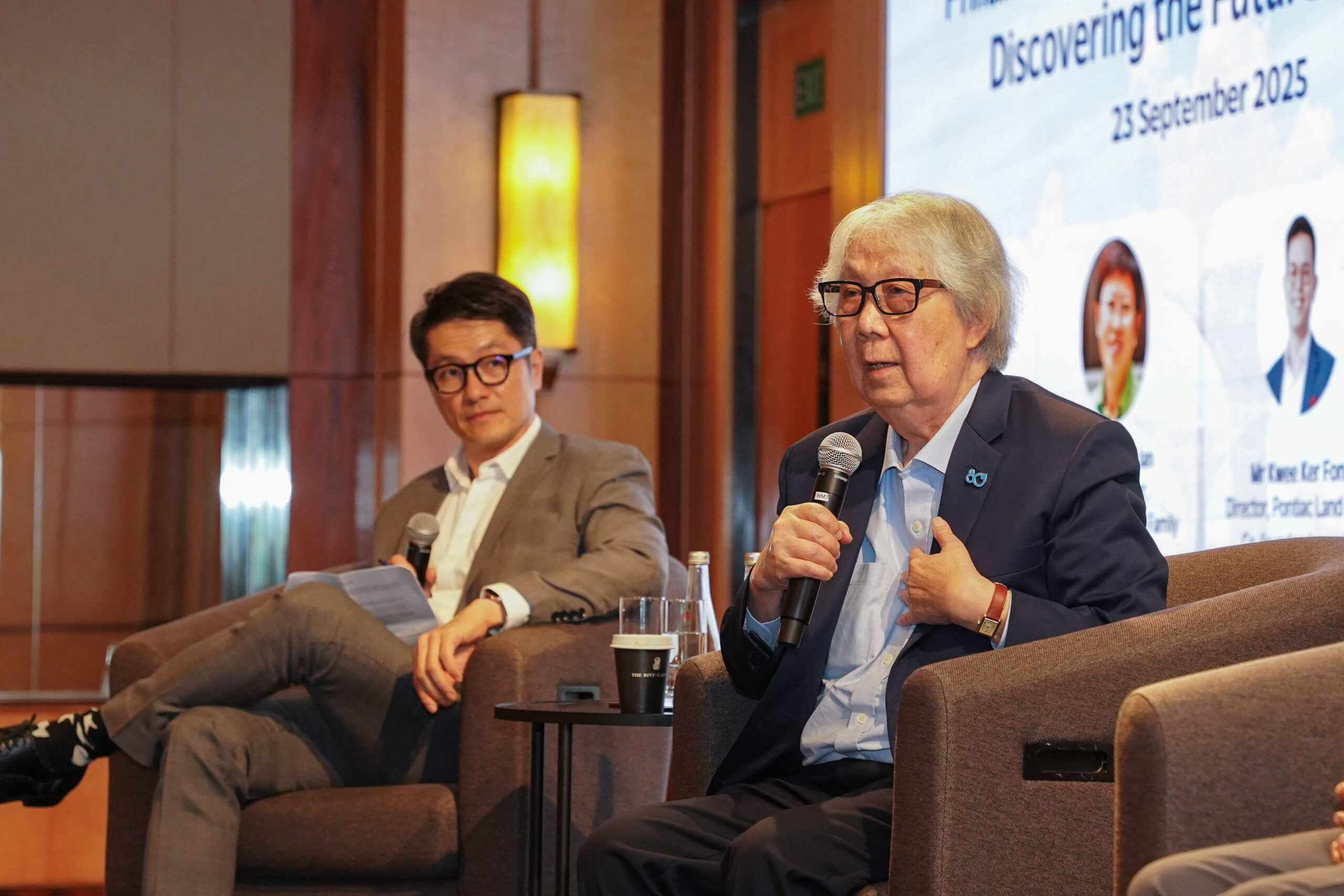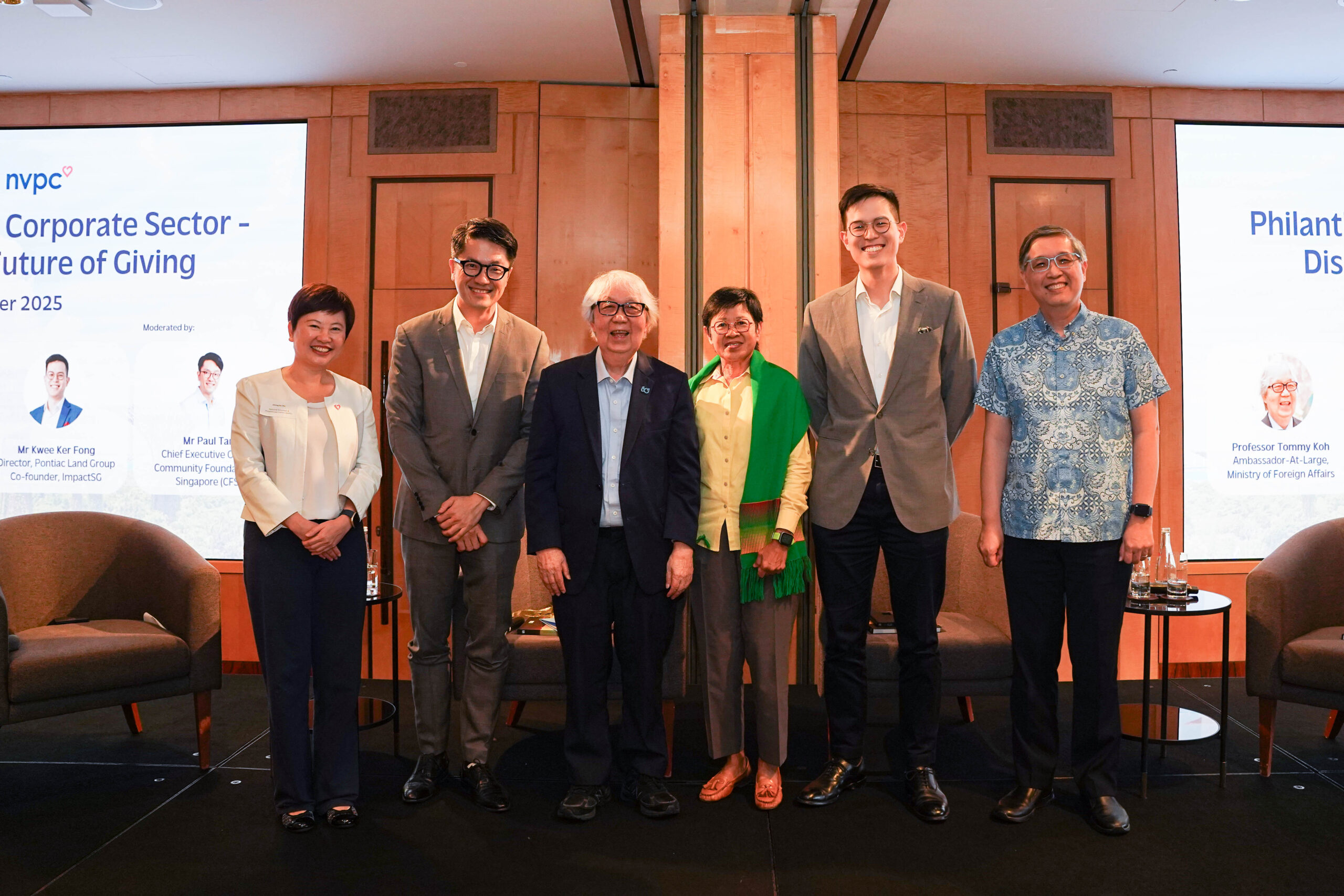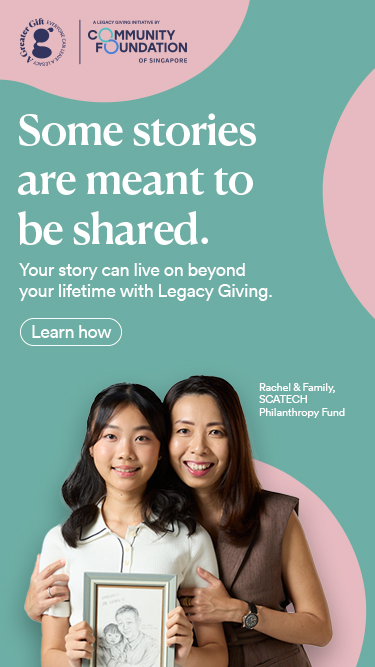Events
Join CFS as we do our part for SG Giving Week 2021

John Doe
December 1, 2021
Dec 1, 2021

The Community Foundation of Singapore (CFS) is pleased to be a part of SG Cares Giving Week 2021, co-driven by NVPC, NCSS and Singapore Cares.
Discover how giving can give you purpose, hope and life. Start by giving your Time, Talent, Treasure, Voice to support the causes you are passionate about, in all ways, big and small.
The Community Foundation of Singapore (CFS) is pleased to be a part of SG Cares Giving Week 2021, co-driven by NVPC, NCSS and Singapore Cares.
Discover how giving can give you purpose, hope and life. Start by giving your Time, Talent, Treasure, Voice to support the causes you are passionate about, in all ways, big and small.



